The 19th Century Spanish neurologist and pathologist Santiago Ramón y Cajal studied brain tissue and cells and won a Nobel Prize for his groundbreaking discoveries about the human nervous system. But Santiago wasn’t just a scientist, he was an artist whose sketches filled textbooks and New York galleries. And at the time, ‘scientist’ and ‘artist’ were one in the same. A matter of fact, the word ‘scientist’ wasn’t coined until the mid-1800’s when artists and scientists took divergent paths on their quest to observe and create. But there are some artists today who are tapping into that historical lineage and infusing their own art practice with the spirit of scientific exploration. Seattle-based visual artist Jaq Chartier is one of those artists. Remain in Light, Jaq’s first solo-exhibition at J. Rinehart Gallery in Pioneer Square, transmutes scientific experimentation into an art form with a series of sun tests that take us on a visual journey through the life of fugitive and shifting colors.
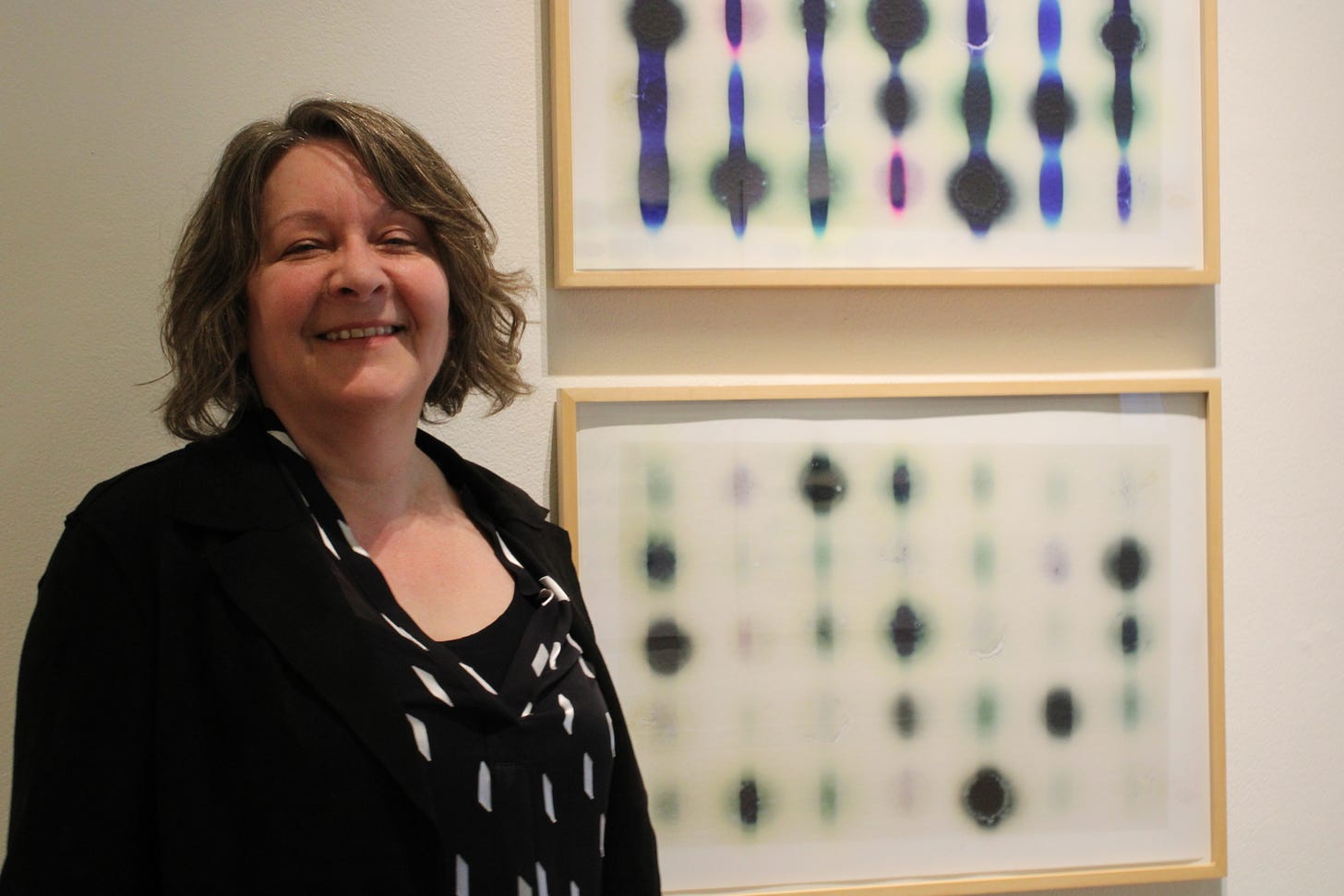
“I did a studio visit with her [Jaq] a few years ago,” gallery owner Judith Rinehart said. At the time of the visit, Jaq had a few of her artworks sitting in the sun. “That seems dangerous,” Judith Rinehart recounted saying. She chuckled, and I laughed with her.
Placing vibrantly pigmented artwork in the sun certainly seems like very dangerous business. But allowing light to change and shift pigments is exactly what Jaq has been playing with since 1998.
“I was working for a paint company called Golden Acrylics, teaching other artists how to use materials,” Jaq said. In an effort to answer her students’ questions about how many coats of paint they should use, she began to experiment with testing boards. She would show students what one coat of paint looked like versus five coats. “There was something about the testing that really intrigued me. Whenever I had a question, I would make a little mini painting. And I started seeing those as not just samples for students but as a potential for paintings.” She began to approached her own art practice like a meticulous scientist — establishing rules, guidelines, and controls.
“I think the thing I like about science is that there's a sense of exploration — of the unknown,” Jaq said. “And there's the idea that if you don't know something it’s considered good rather than bad. It drives you forward into exploring in some way or another. And there’s that sense of wonder that we had when we were kids — the first time you see something under a microscope, or the first time you go to a science museum, and you're discovering things about the world that you didn’t know.”
Remain in Light is on view online and in the J. Rinehart gallery April 2 - May 7, 2022. An artist Meet & Greet will be held at the Pioneer Square First Thursday Art Walk, April 7th, from 5-8pm.
A Note From Beverly Aarons
Thank you visiting Artists Up Close and reading about one of my recent art walks here in Seattle. Please visit us again on April 15th to read one of our in-depth artist profiles. Also, please visit the Youngstown Cultural Arts Center in West Seattle where I am exhibiting some of my artwork as part of the Oceans of Emotions group show that explores artists’ emotional responses to the pandemic. I am also reading from new work as part of the Hugo House Literary Series on May 6, 2022.

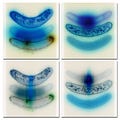







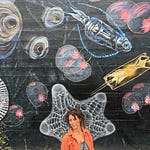
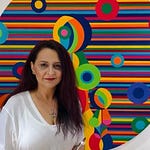
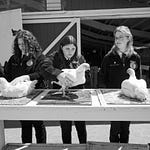
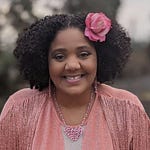
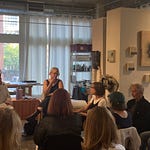

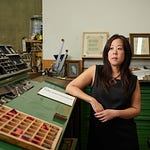
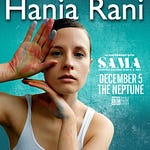
A Weekly Art Stroll: Artists, Scientists, Fugitives and Color Shifters